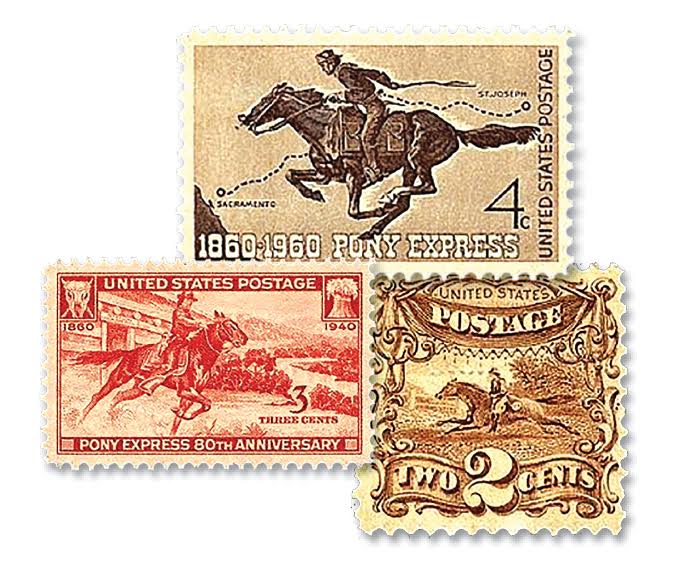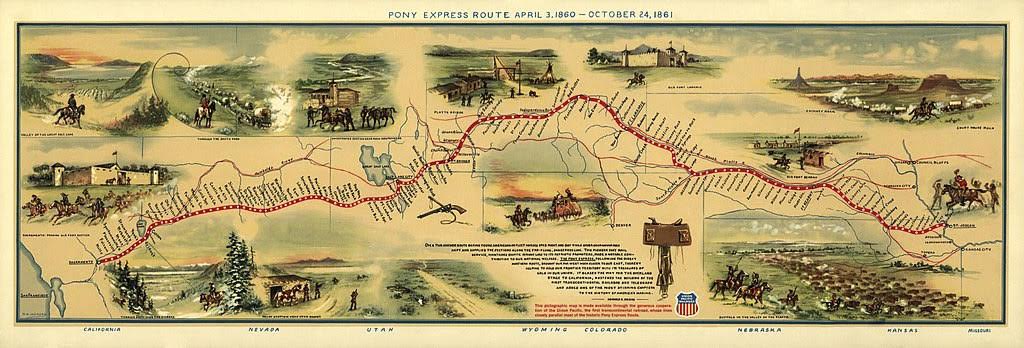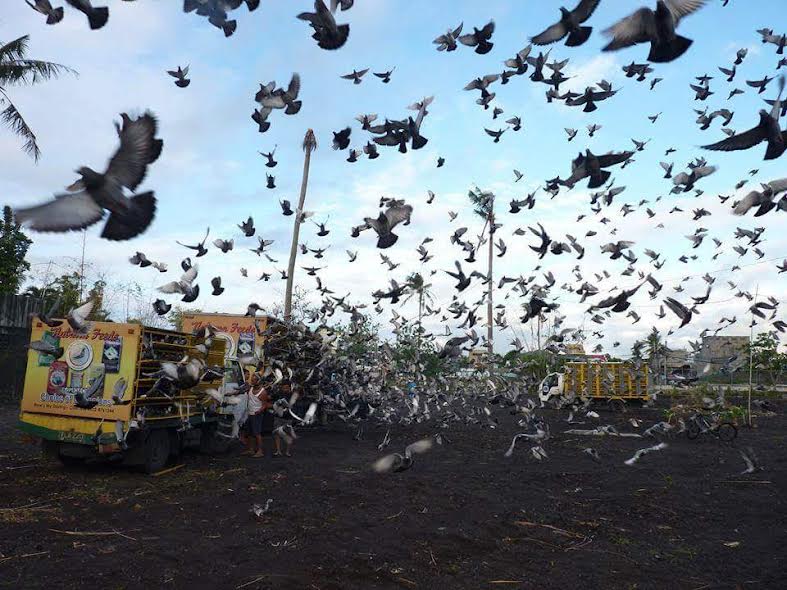How will we communicate when everything breaks down?
With tensions rising in the West Philippine Sea, the author finds herself becoming a prepper

I am fascinated by doomsday preppers. Doomsday preppers are individuals or groups belonging to the social movement called “Survivalism.” These individuals or groups are described as those who “proactively prepare for emergencies, such as natural disasters, and other disasters causing disruption to social order (that is, civil disorder) caused by political or economic crises. So, you can just imagine what was going through my mind as Covid-19 spread into pandemic proportions!
More recently, when over 500,000 Facebook users and close to 100,000 Instagram users were unable to access their accounts for a few hours because of what Meta described as “a technical issue,” I began to take note of what I needed to do to be somehow prepared just in this case there is a breakdown in communication channels with loved ones in times of crisis.
In my article written following the Facebook outage last March, titled, “Realizations during the Facebook outage,” I gave some “traditional and digital” alternatives to stay in touch with people without relying on social media. While writing this article, I found another non-social media way of keeping communication channels open.
Heightened tensions in the West Philippine Sea with China have continued to brew. Just a few days ago a 100-boat flotilla made up of Filipino fishermen, the non-profit group Atin Ito, and a priest, embarked on a three-day journey to the disputed Scarborough Shoal or as China refers to as Huangyan Dao.
Scarborough Shoal is about 230 kilometers west of Masinloc, Zambales. This latest move has elicited a stern warning from the Chinese Ministry of Foreign Affairs, “Not to abuse China’s goodwill” or it “will retaliate in accordance with the law to protect its own rights with the Philippine side bearing fully the relevant responsibilities and consequences.”
Not reassuring indeed especially when, earlier this year, President Ferdinand Marcos Jr. himself described the situation in its disputed territories as the same situation the country was in in 1942, just before the outbreak of WW2. The government has since strengthened military ties with the US to combat any outside threat to our sovereignty.
The government’s option to avail of US military “intervention” in aid of its ally the Philippines, if China continues to persist in what has been described as its “aggressive expansionary ambitions” in the West Philippine Sea, have had some likening the Philippines to a child, playing with fire on one end of a stick, to poke a dragon.
It bears to wonder what the consequences are to be at war with China. So many factors at play and the price to pay “profound and far reaching” and not to exaggerate, catastrophic.

One of the easiest ways to affect us outside of military engagement is via economic disruption and cyber warfare. Thus, my interest in alternative modes of communication short of setting up a “Pony Express” sort of delivery system or message by pigeon carrier! The Pony Express was the mail delivery system used during the mid-1800s in America. It ran a 3,100-kilometer route from Sacramento California to St. Joseph Missouri. Later the man on horseback was replaced by the stagecoach and other forms of transportation. At its height, the Pony Express, which lasted only 18 months, had 400 horses plying this route delivering mail and other important documents along the way. The Pony Express route had 184 stations where riders could stop drop mail and/or change horses. Fresh horses were made available to the rider along the way. There were specific requirements for both horse and rider. “The rider could not weigh more than 125 lbs/57kg, they would need to change horses every 120-160km and rode day and night.” As an equestrienne in my youth, the legend of the Pony Express and the adventures the riders must have had fueled my imagination growing up.
I thought of communication via pigeon carrier since I was reminded recently of our tradition of pigeon racing in the country dating to Spanish times. The sport of pigeon racing was brought to the country by the Spanish. It was enjoyed by the Spanish elites but eventually Filipinos took up the sport as well. This was carried over even during the American period. During our colonial period up to World War II in times of crisis, pigeons were used to send messages—much like the way we see them used in Game of Thrones and recently in Shogun. As of 2023, there are close to 30 registered pigeon clubs all over the country.
But I digress. Having been forced to divert my attention from the immediate and compelling daily crisis of rising food prices and the scorching heat we Filipinos are experiencing now, to issues of sovereignty and China’s retaliatory actions against us if we do not heed their warning, I have no choice but to entertain possibilities of some sort of crisis and plan ahead much like the “preppers’ I have seen (but not to the extreme extent but oh how I wish!) on Doomsday Preppers on the National Geographic Channel.
In any crisis situation, being able to communicate with loved ones is very important. By chance, while looking up how events in the recent past involving the censorship of social media governments or entities or even the downing of internet access by cutting of power or transmission towers etc, I came across the term “mesh communication technology.” In very simple terms, it is a way of communicating while offline. There are a number of mesh messaging app available and free to download.

Mesh messaging allows a person to “send and receive text messages to other phones that are located in the vicinity and use the same software. The devices with the same mesh messaging app form a chain that relays the message until it reaches its final destination. This is called peer-to-peer networking.” Messages sent via mesh messaging are end-to-end encrypted thus sender remains anonymous—a feature that made this mode of communication popular during the Hong Kong Umbrella protests (2019-2020). That and the ability to “allow mass dissemination of messages” without using online messaging platforms that are subject to monitoring by the state. In fact, it has been documented that mesh messaging has been the go-to app for disseminating information in recent large-scale protests in India, Iran, Zimbabwe, Belarus, and the US. And all you will need is to turn on your phone’s Bluetooth feature and get a mesh messaging app of course. And here lies the downside of using this messaging platform, having the Bluetooth feature on, eats up your battery and it can only work if you have critical mass of users with the same mesh messaging app. Bluetooth effectivity is about 100m or 328 feet. During the Hong Kong protests one mesh messaging service provider/app download rate rose 4,000 percent! Still, its record of usefulness during times of “protest, natural disasters, warzones, when camping or trekking in forests and jungles” seem to outweigh the cons—which could be addressed by solar panel phone charging devices already available in the market and even now just sharing with friends and family about this alternative communication platform. It’s always good to be “laging handa!”